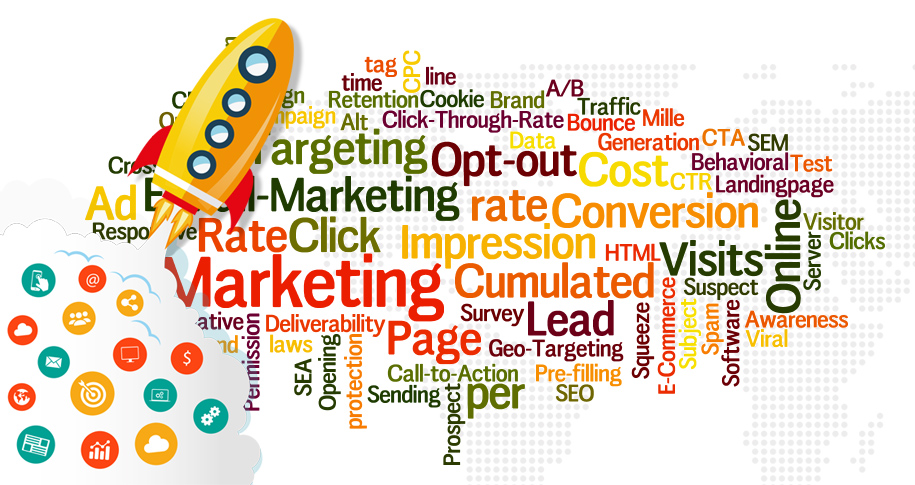What Is Email MarketingWhat Is Email Marketing?
Email market... More?
Email marketingWhat Is Email Marketing?
Email market... More is a direct form of digital communication where businesses use email to engage, inform, and convert their audience. It involves sending targeted messages to subscribers who have opted in to receive updates, offers, or valuable content. Whether you’re building awareness, driving sales, or nurturing relationships, email marketingWhat Is Email Marketing?
Email market... More is a powerful tool to achieve your goals.
Why Is Email MarketingWhat Is Email Marketing?
Email market... More Important?
- Direct Access to Your Audience
Emails land straight in your audience’s inbox, ensuring your message is seen without the distractions of social mediaDefinition
Brand awareness is the ext... More algorithms. - High ROI
Email marketingWhat Is Email Marketing?
Email market... More is cost-effective, often delivering $36 for every $1 spent, making it one of the most profitable marketing channels. - Personalized Communication
Advanced tools allow you to customize emails based on user preferences, ensuring relevant and engaging messages. - Scalable Campaigns
From one-off promotions to automated drip campaigns, email marketingWhat Is Email Marketing?
Email market... More grows with your business needs. - Data-Driven Insights
Track performance metrics like open rates, click-throughs, and conversions to fine-tune your strategy.
Types of Email MarketingWhat Is Email Marketing?
Email market... More Campaigns
- Welcome Emails
- Introduce your brand to new subscribers.
- Share your unique value propositionWhat is a Value Proposition?
A value ... More and set expectations.
- Promotional Emails
- Announce special discounts, sales, or product launches.
- Include urgency-driven tactics like limited-time offers.
- Newsletter Emails
- Share valuable content such as tips, articles, or updates about your company.
- Build a consistent communication rhythm with your audience.
- Re-Engagement Emails
- Target subscribers who haven’t interacted in a while.
- Use incentives or ask for feedback to rekindle interest.
- Event Invitations
- Promote webinars, workshops, or product launches.
- Include event details, registration links, and enticing visuals.
- Transactional Emails
- Provide receipts, order confirmations, or shipping updates.
- Build trust with clear, accurate, and timely information.
Best Practices for Email MarketingWhat Is Email Marketing?
Email market... More
- Audience Segmentation
Divide your list into smaller groups based on behavior, preferences, or demographicsWhat Are Demographics?
Demographics r... More to send more relevant emails. - PersonalizationWhat Is Personalization in Marketing?... More
Use dynamic content and merge tags to address recipients by name and provide tailored recommendations. - Compelling Subject Lines
Create attention-grabbing headlines that spark curiosity while staying clear and concise. - Responsive DesignWhat is Responsive Design?
Responsive... More
Optimize emails for mobile devices since over 50% of emails are opened on smartphones. - Clear Call-to-Actions (CTAs)
Guide readers to the next step, such as visiting your site or making a purchase, with bold, actionable CTAs. - Consistent Scheduling
Send emails at regular intervals without overwhelming your audience. - A/B TestingDefinition
A/B Testing, also known as... More
Experiment with subject lines, layouts, and content to identify what resonates best with your audience.
Challenges in Email MarketingWhat Is Email Marketing?
Email market... More
- Avoiding Spam Filters
Using poor practices like excessive capitalization or deceptive subject lines can trigger spam filters. - Maintaining Engagement
Keeping your audience interested requires continuous value and creativity. - Compliance with Regulations
Follow laws like GDPR, CAN-SPAM, and CCPA to respect user privacy and avoid penalties. - Building a Quality Email List
Growing your list organically takes time but ensures a more engaged audience.
Tools for Effective Email MarketingWhat Is Email Marketing?
Email market... More
- Mailchimp: User-friendly platform for campaign creation and automation.
- HubSpot: Integrates CRM data for deeply personalized messaging.
- Klaviyo: Ideal for e-commerce brands seeking advanced analyticsDefinition
Analytics refers to the sy... More and automation. - ActiveCampaign: Combines email with advanced sales and customer tracking features.
Successful Email MarketingWhat Is Email Marketing?
Email market... More Examples
- Spotify: Sends personalized playlists and recommendations based on listening habits.
- Amazon: Uses purchase history to suggest relevant products.
- Grammarly: Shares progress reports and tips to keep users engaged with their service.
Conclusion
Email marketingWhat Is Email Marketing?
Email market... More continues to be one of the most effective digital marketingWhat Is Digital Marketing?
Digital ma... More strategies. By focusing on personalizationWhat Is Personalization in Marketing?... More, consistency, and data-driven improvements, you can use email marketingWhat Is Email Marketing?
Email market... More to strengthen customer relationships, enhance engagement, and drive long-term success.
